Several weeks ago, Mawkie pointed me in the direction of a couple of nice pieces for my collection that were up for auction. Unfortunately, I got beat out on both, but one of the items, a Berthier M-1916 that was in very nice condition got us talking about the fact that I have a M-16 that needs a stock. As all things do, the conversation continued on to other topics and Mawkie basically laid this sucker right at my feet and said "If you're interested, I'll sit this one out."
I learned two things there.
1) Wow is this sucker pretty rare
2) Mawkie is probably the nicest guy there is, period.
I wound up winning the auction for $25 under my max bid and here we are.
What you'll see below is a concentric-circle marked Type 38 from the Nagoya Arsenal. Serial number 333 with no series code. This is literally the 333rd T-38 produced at Nagoya in 1923.
It pretty much flew under the radar and my guess is that it was because it was listed as "non-functioning/incomplete." Both of us thought it would need a firing pin, firing pin spring, and cocking/safety knob from the pictures in the auction, so I bought a firing pin and spring from fleabay and Mawkie has a spare cocking knob that will work for this. I figured "non-matching FP and knob are still pretty good for something pretty rare." So, when it showed up, I couldn't get the bolt out. I thought maybe more was wrong with it, but it turns out that the firing pin was actually there inside the bolt and turned 90 degrees preventing the bolt from retracting properly. I got it out easily enough and it's in great shape, so the only non-serialized part will be the cocking knob when I pick it up.
So, what's so special? Well, concentric circle rifles aren't marked with the usual imperial mum. They have a double-circle in place of it and while there is no certainty as to the reason for this (some speculate they were made for the Japanese secret police, others think they may have been for factory guards or other non-military units) what is known is that there were only around 4000 of these concentric-circle Type-38s produced between the Nagoya and Kokura arsenals. Meanwhile 3.4 million regular Type-38s were produced by all arsenals combined. That's a pretty small number of needles in a gigantic haystack.
Some notes of interest:
This thing was dirty when I got it. surface rust at all the exposed upper surfaces of the barrel and action. Nothing horrible, but she's not pristine. The butt plate is fairly heavily rusted with some "bubbling" on about 1/8th of the total surface, but it's just surface bubbling, no real damage structurally. The rust has been neutralized correctly for preservation. I think it sat in someone's garage in the mid-west leaning against an exterior wall, this would explain the pattern of rust. I also found some spalled concrete in the screw head of the butt plate screw. That concrete actually helped protect the screw as when I removed the material, the rest of the screw head was in very good condition.
I'm unfamiliar with the markings on regular Type 38s, but this one has the concentric circles repeated on several parts. It's on the action, front sight base, trigger guard/magazine assembly, rear sling swivel base, and tang. I don't *think* you find a mum in all of those places. I could be wrong though. Also, the firing pin is not serialized on this one like it is on others. Very curious.
The bore is in great shape by the way, with strong rifling and no pitting. I was impressed. I think this thing came home with some GI from the pacific and just sat there until I bought it.
Anyway, without further adieu, here are what you really want, pictures!
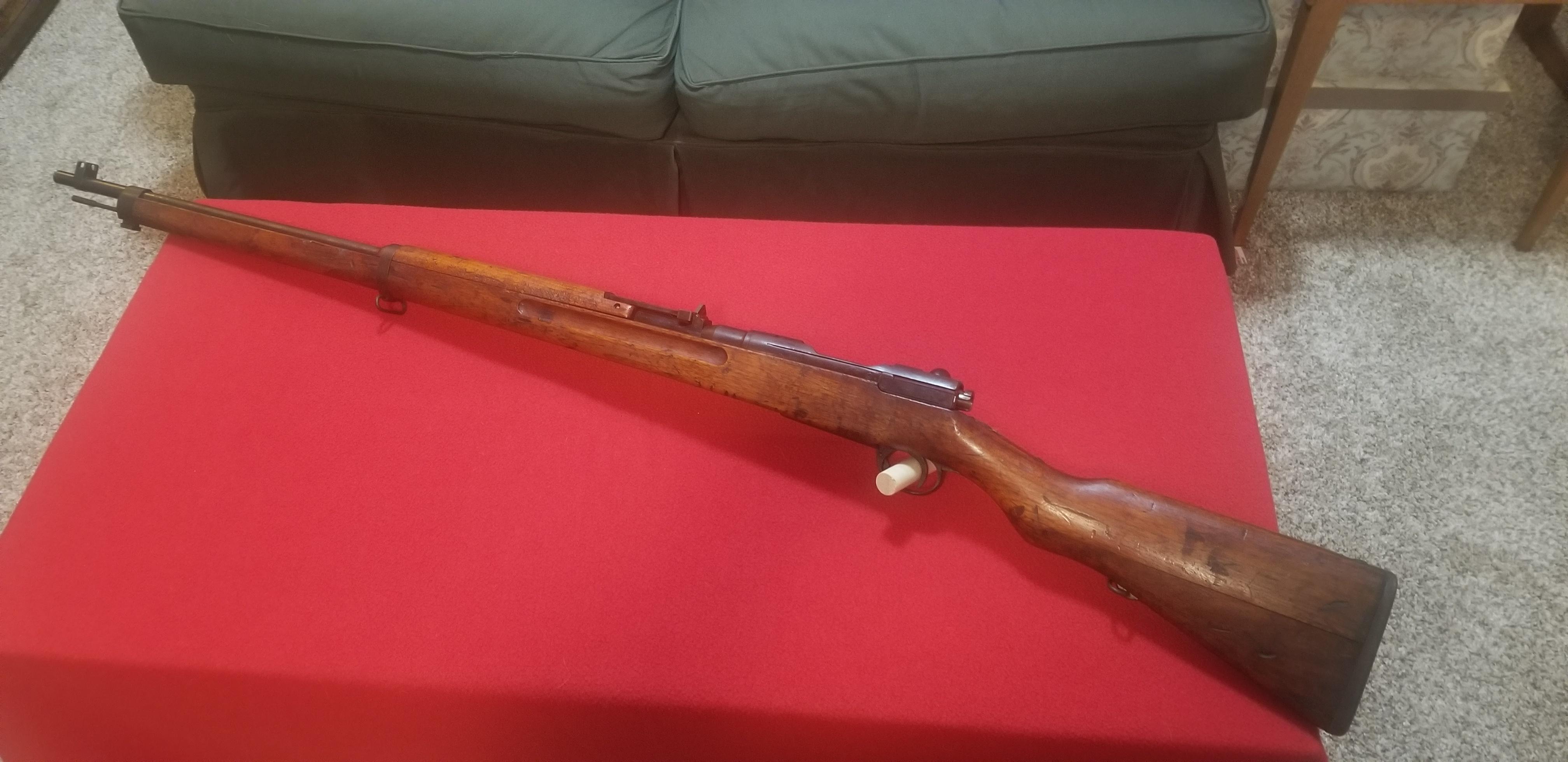
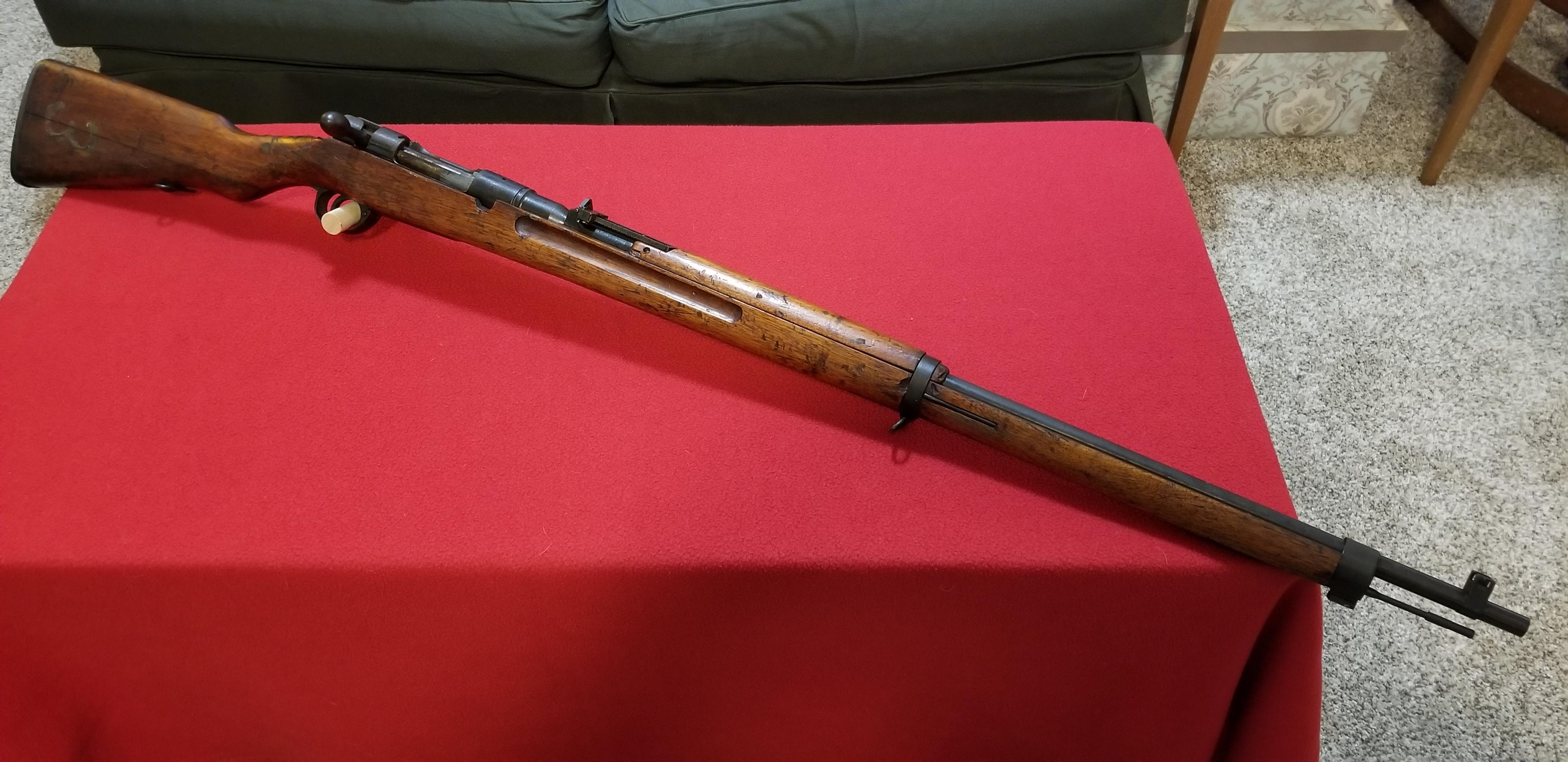
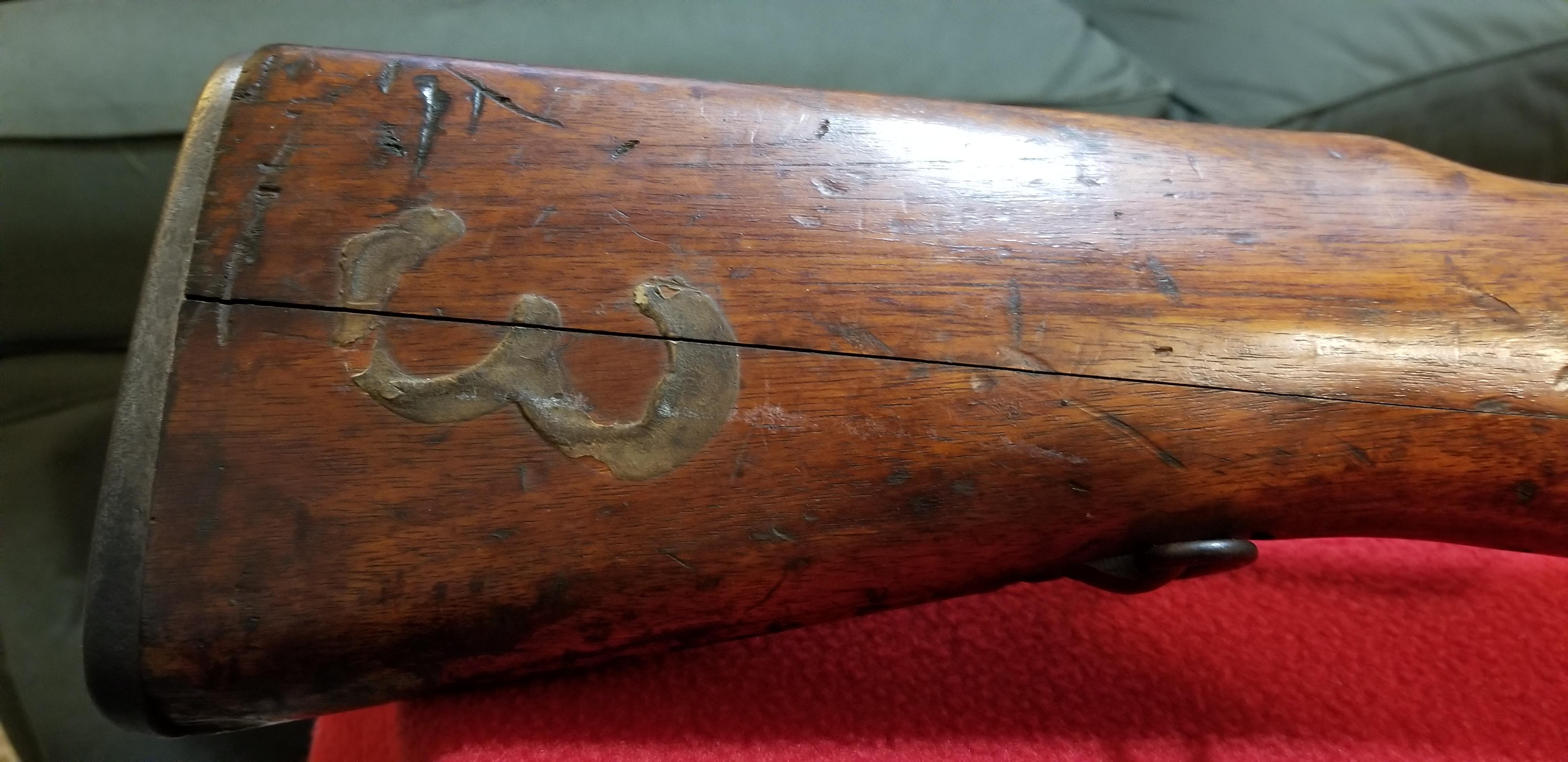
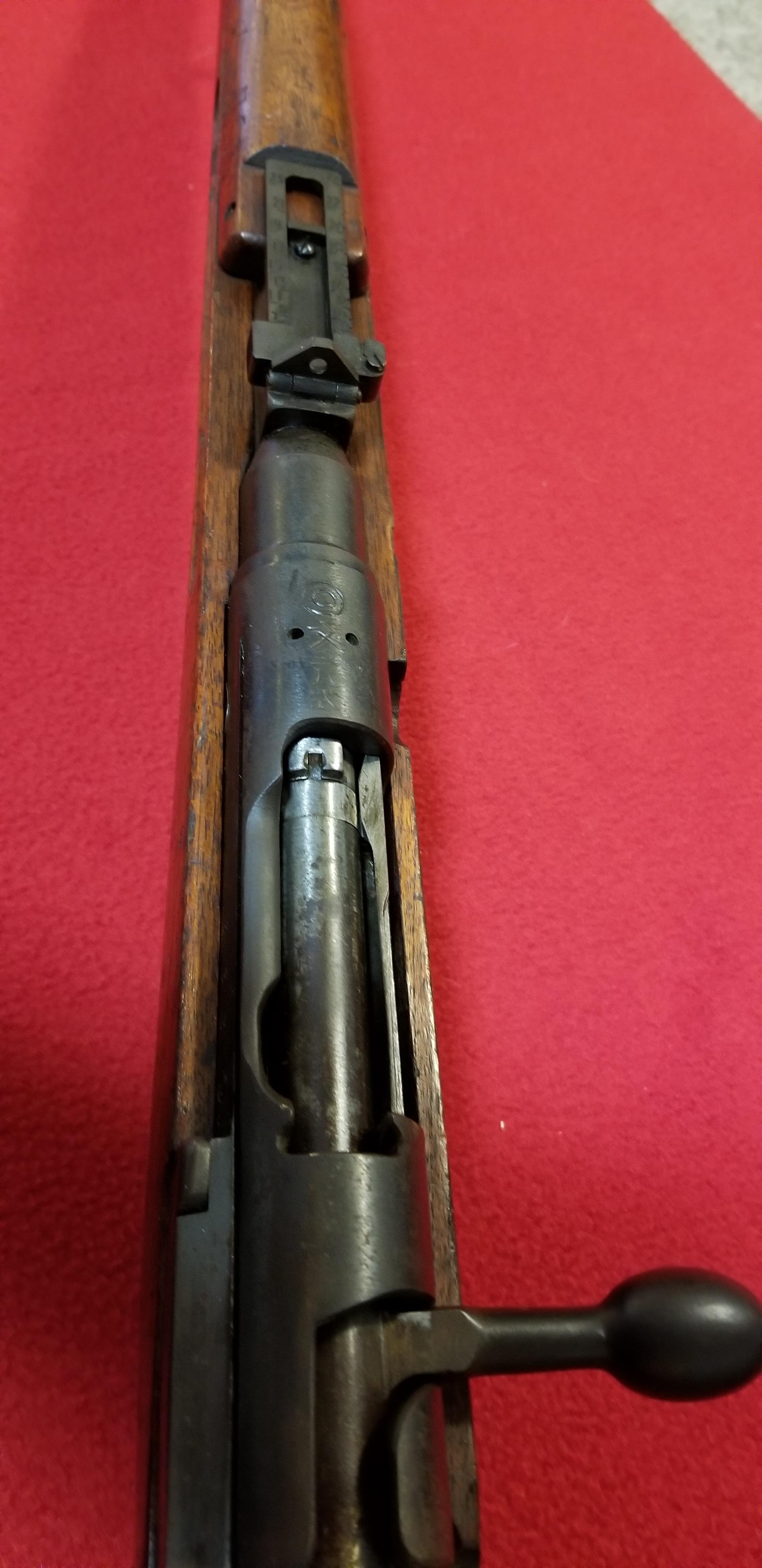
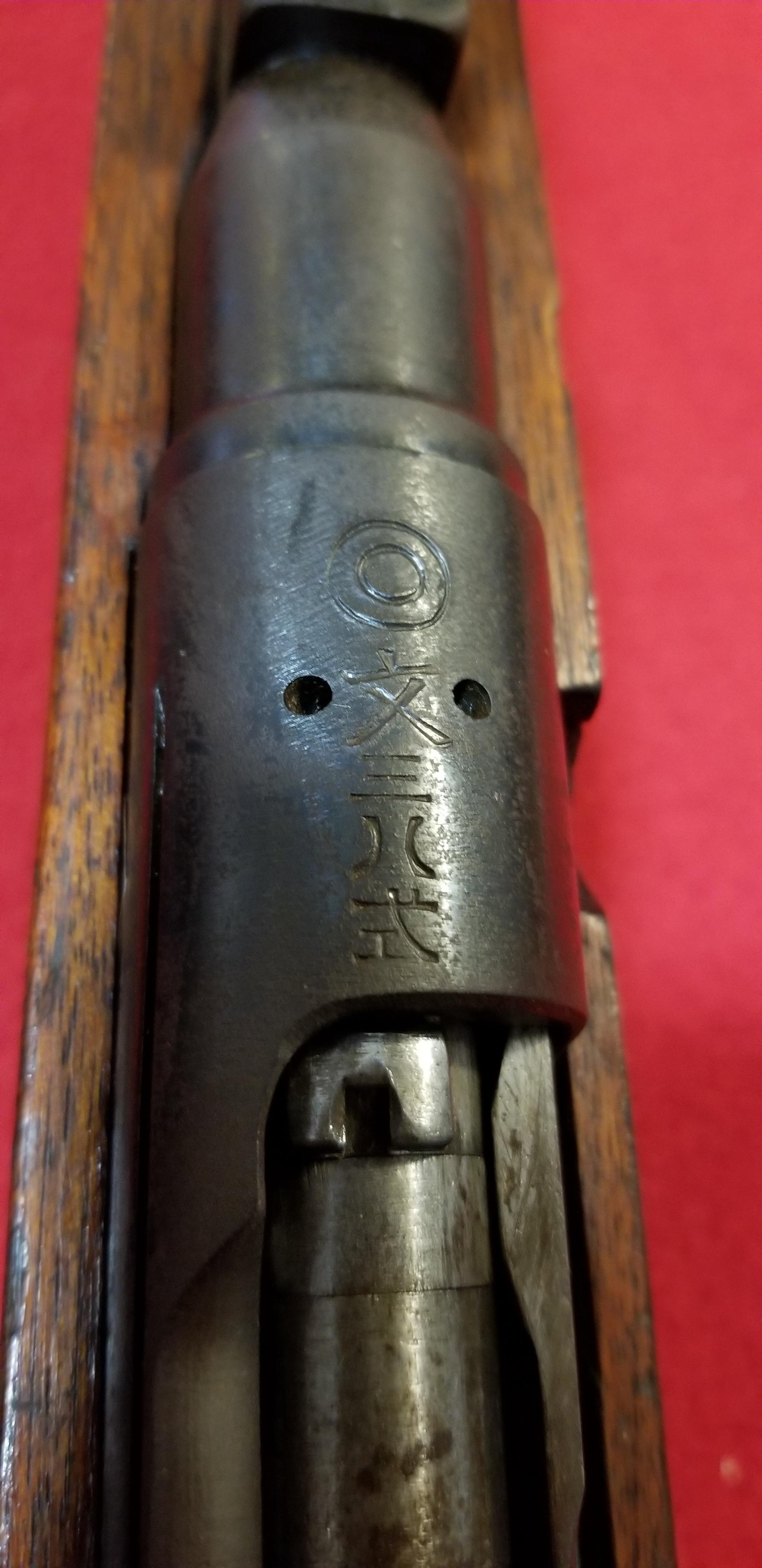
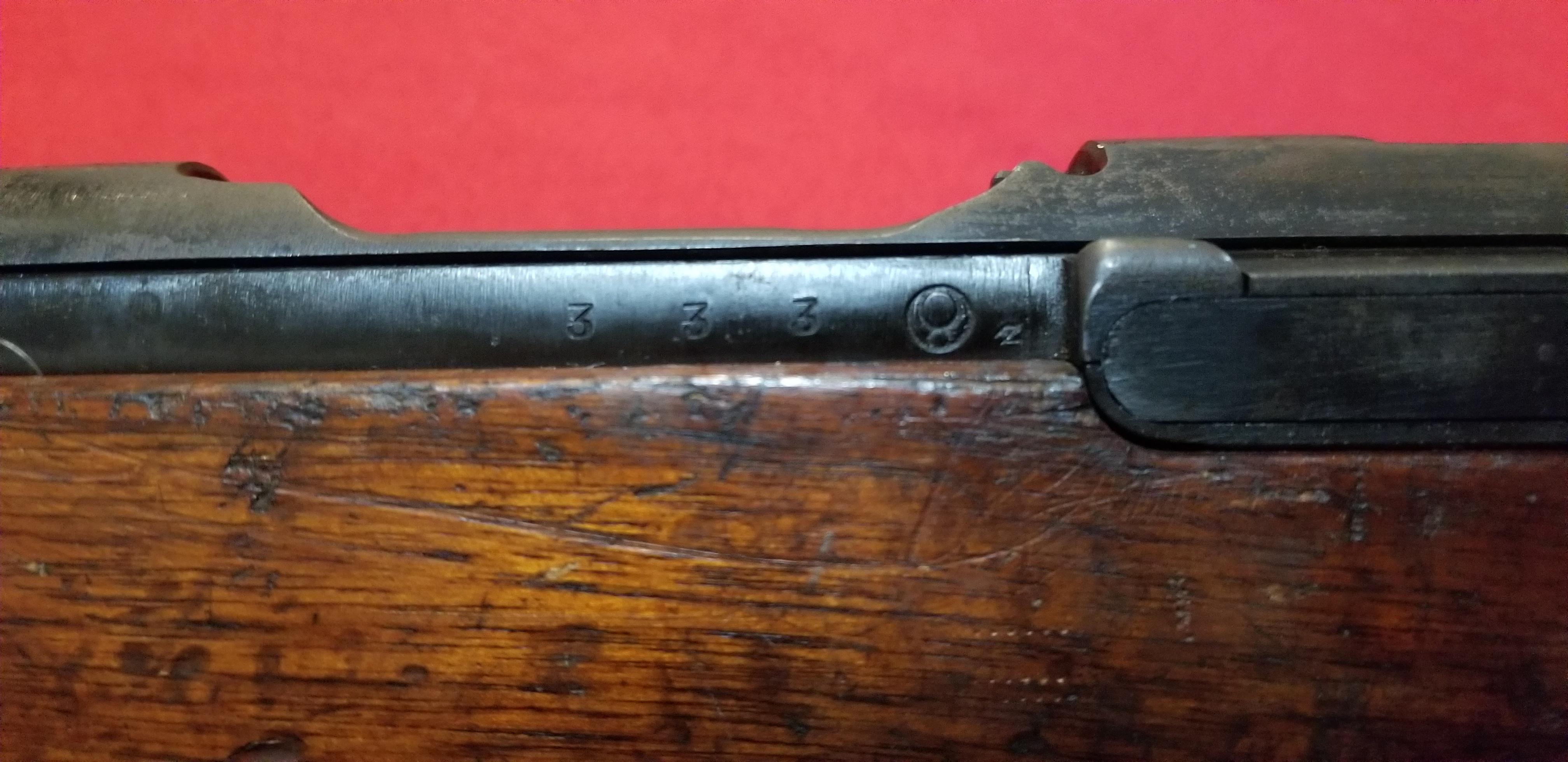
Here are the various places with the concentric marks on other parts of the rifle:
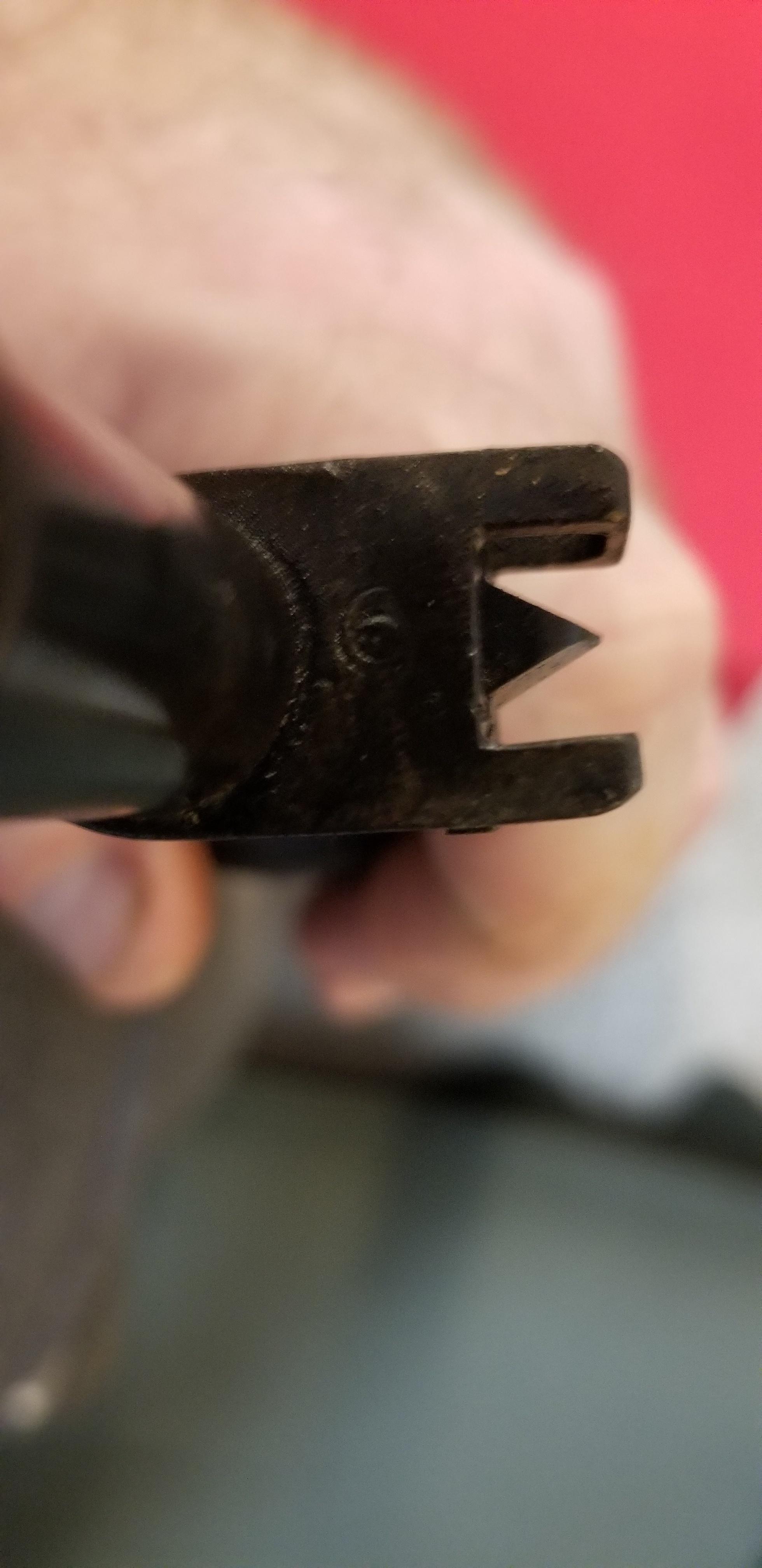
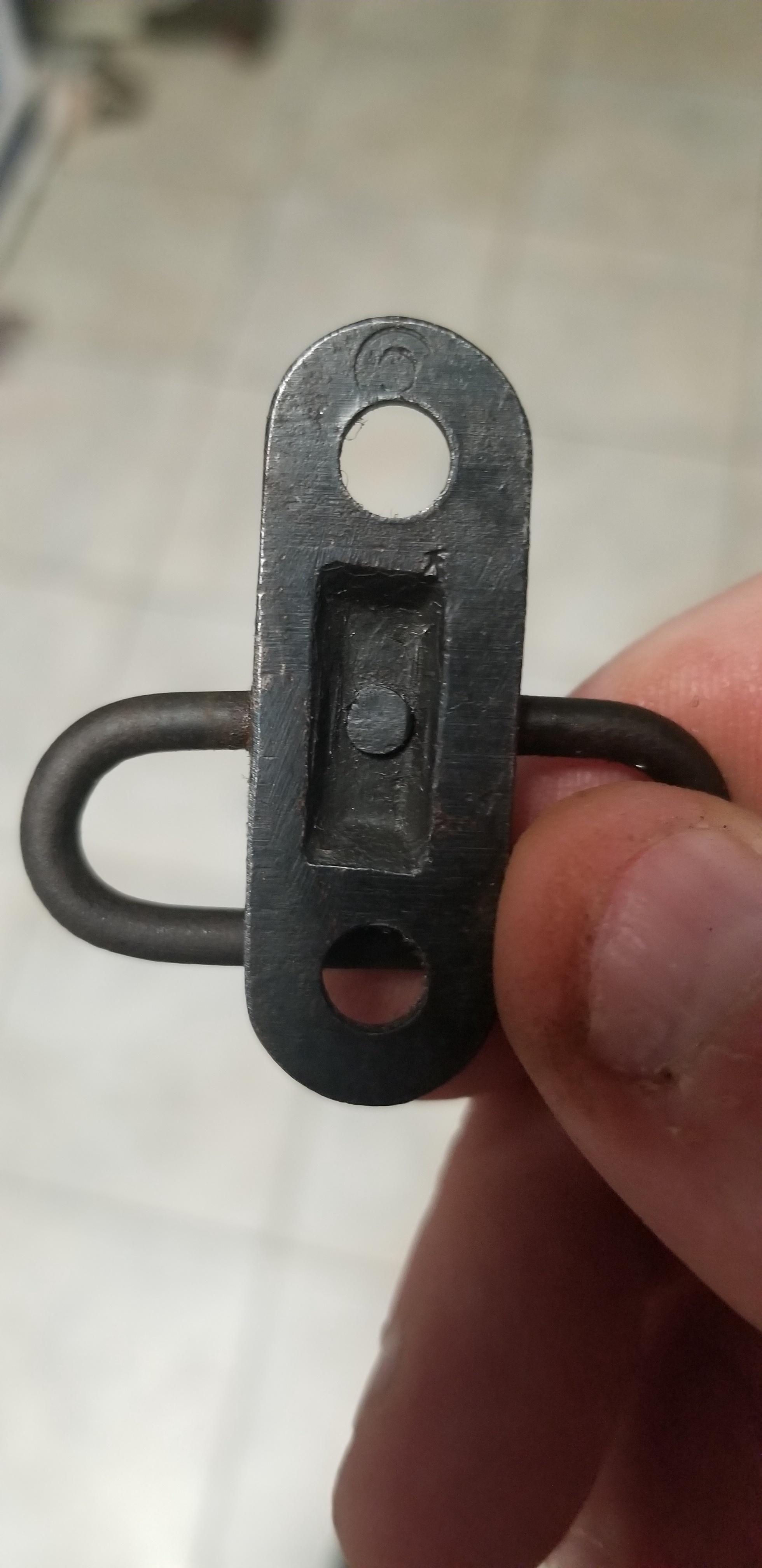
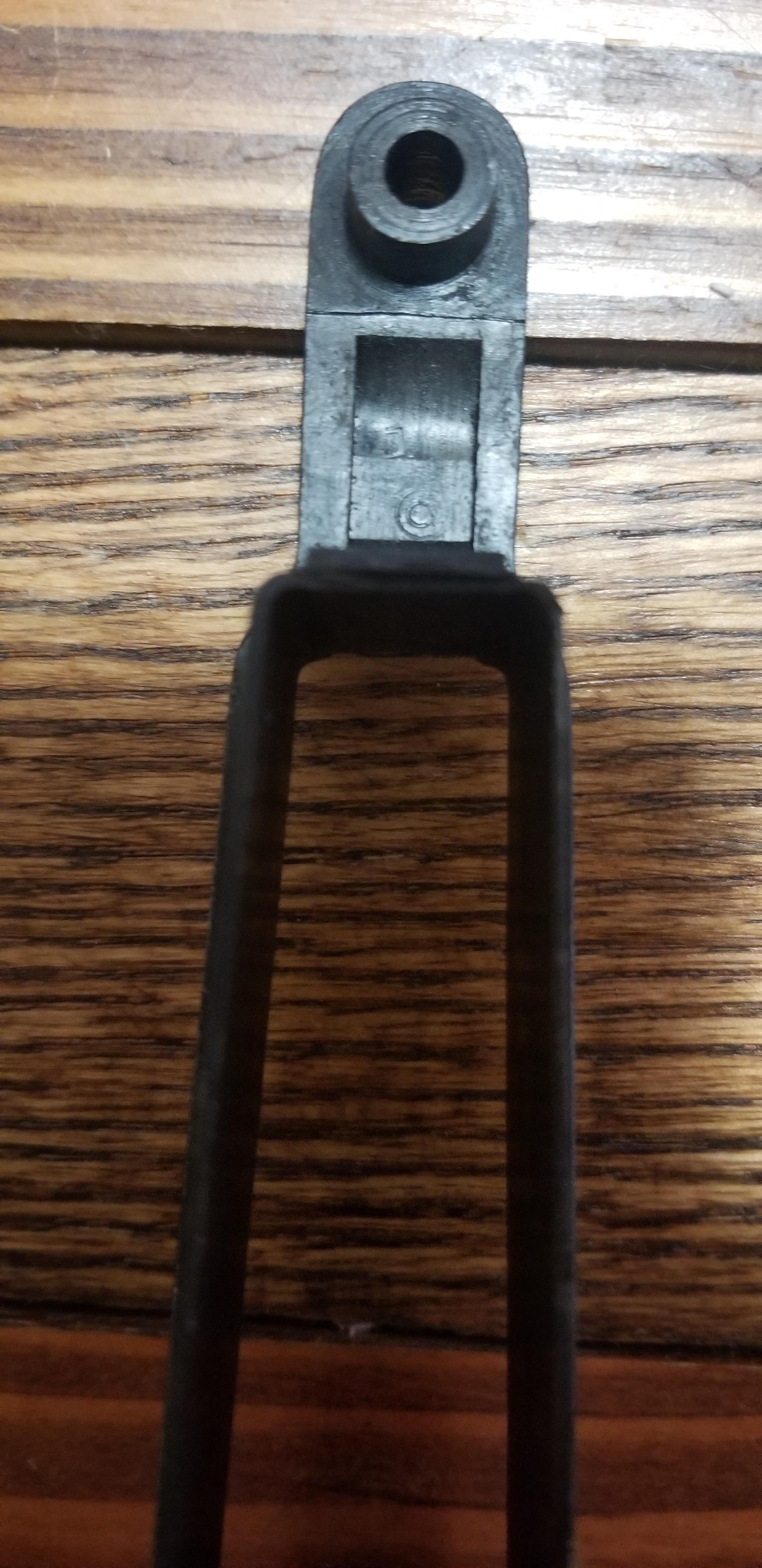
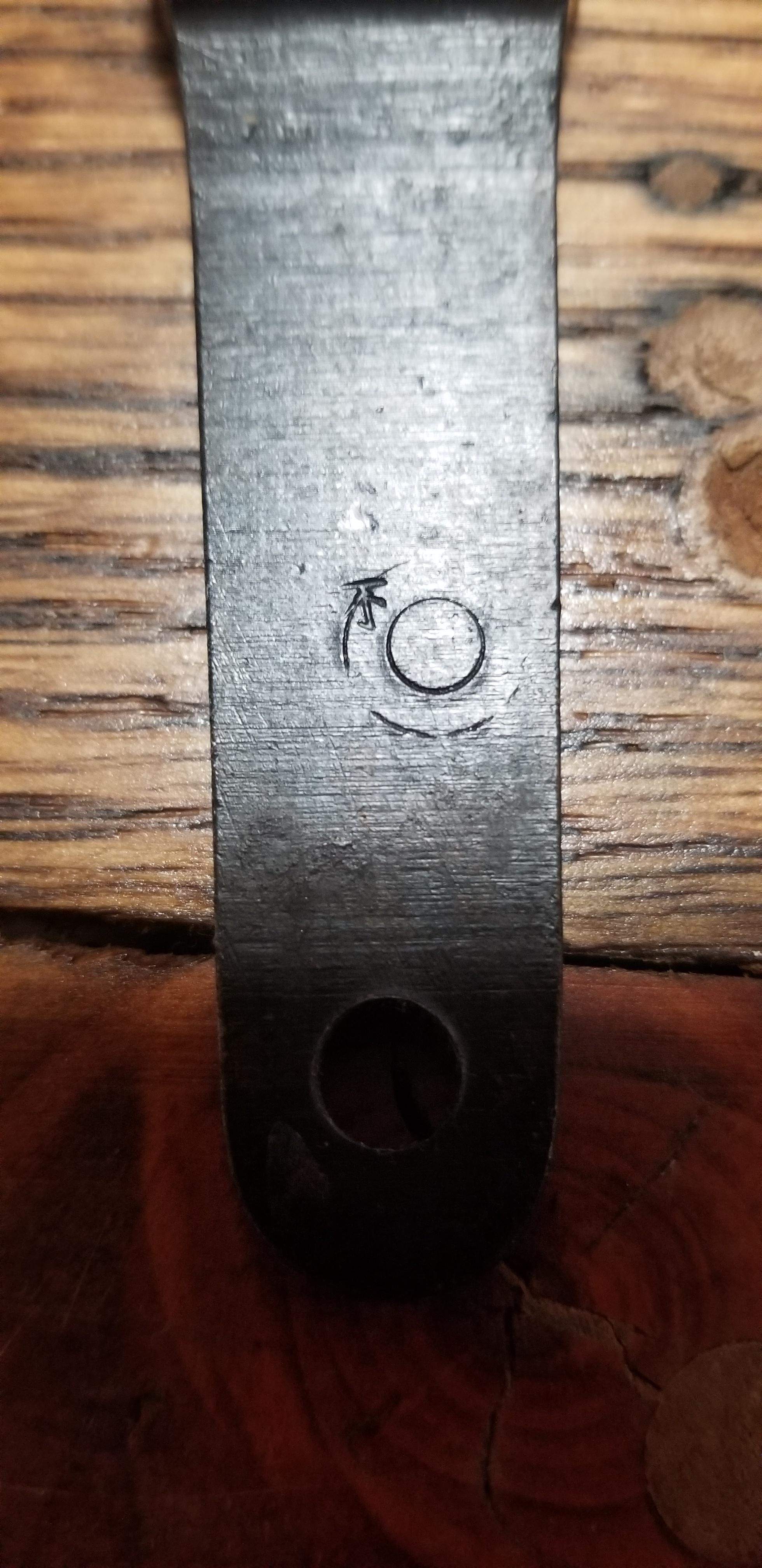
Thanks again to Mawkie for putting me on this one!
I learned two things there.
1) Wow is this sucker pretty rare
2) Mawkie is probably the nicest guy there is, period.
I wound up winning the auction for $25 under my max bid and here we are.
What you'll see below is a concentric-circle marked Type 38 from the Nagoya Arsenal. Serial number 333 with no series code. This is literally the 333rd T-38 produced at Nagoya in 1923.
It pretty much flew under the radar and my guess is that it was because it was listed as "non-functioning/incomplete." Both of us thought it would need a firing pin, firing pin spring, and cocking/safety knob from the pictures in the auction, so I bought a firing pin and spring from fleabay and Mawkie has a spare cocking knob that will work for this. I figured "non-matching FP and knob are still pretty good for something pretty rare." So, when it showed up, I couldn't get the bolt out. I thought maybe more was wrong with it, but it turns out that the firing pin was actually there inside the bolt and turned 90 degrees preventing the bolt from retracting properly. I got it out easily enough and it's in great shape, so the only non-serialized part will be the cocking knob when I pick it up.
So, what's so special? Well, concentric circle rifles aren't marked with the usual imperial mum. They have a double-circle in place of it and while there is no certainty as to the reason for this (some speculate they were made for the Japanese secret police, others think they may have been for factory guards or other non-military units) what is known is that there were only around 4000 of these concentric-circle Type-38s produced between the Nagoya and Kokura arsenals. Meanwhile 3.4 million regular Type-38s were produced by all arsenals combined. That's a pretty small number of needles in a gigantic haystack.
Some notes of interest:
This thing was dirty when I got it. surface rust at all the exposed upper surfaces of the barrel and action. Nothing horrible, but she's not pristine. The butt plate is fairly heavily rusted with some "bubbling" on about 1/8th of the total surface, but it's just surface bubbling, no real damage structurally. The rust has been neutralized correctly for preservation. I think it sat in someone's garage in the mid-west leaning against an exterior wall, this would explain the pattern of rust. I also found some spalled concrete in the screw head of the butt plate screw. That concrete actually helped protect the screw as when I removed the material, the rest of the screw head was in very good condition.
I'm unfamiliar with the markings on regular Type 38s, but this one has the concentric circles repeated on several parts. It's on the action, front sight base, trigger guard/magazine assembly, rear sling swivel base, and tang. I don't *think* you find a mum in all of those places. I could be wrong though. Also, the firing pin is not serialized on this one like it is on others. Very curious.
The bore is in great shape by the way, with strong rifling and no pitting. I was impressed. I think this thing came home with some GI from the pacific and just sat there until I bought it.
Anyway, without further adieu, here are what you really want, pictures!






Here are the various places with the concentric marks on other parts of the rifle:




Thanks again to Mawkie for putting me on this one!

